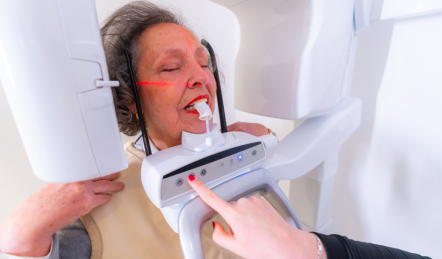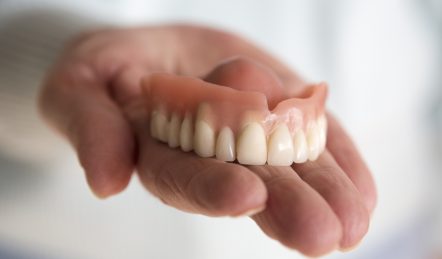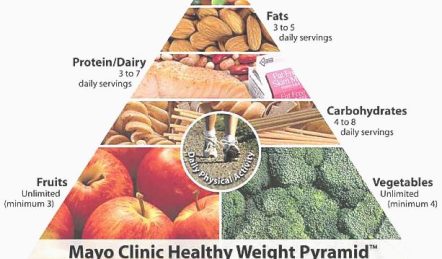The Cost of Fat Removal: Understanding the Different Procedures and Factors That Affect the Price.

Fat removal is a cosmetic procedure that has become increasingly popular in recent years. With the rise of non-invasive procedures, the cost of fat removal has become more accessible to people who want to achieve a slimmer, more sculpted physique. In this article, we will discuss the cost of fat removal, the different types of procedures available, and factors that can affect the overall cost.
Types of Fat Removal Procedures
There are several types of fat removal procedures available, each with its own cost range. The most popular types of fat removal procedures include:
- Liposuction: Liposuction is a surgical procedure that removes excess fat from specific areas of the body. This procedure is typically performed under general anesthesia and requires a small incision. The cost of liposuction can vary depending on the number of areas being treated, but typically ranges from $2,000 to $7,000 per area.
- CoolSculpting: CoolSculpting is a non-invasive procedure that freezes and kills fat cells in targeted areas of the body. This procedure is typically less expensive than liposuction, with costs ranging from $1,500 to $4,000 per treatment area.
- Kybella: Kybella is a non-surgical injectable treatment that destroys fat cells in the chin area. This procedure typically requires multiple treatments and costs around $1,200 per treatment.

Factors That Affect the Cost of Fat Removal
The cost of fat removal can vary depending on several factors, including:
- Treatment Area: The cost of fat removal can vary depending on the size of the treatment area. Larger treatment areas, such as the abdomen or thighs, will typically cost more than smaller areas like the chin or arms.
- Type of Procedure: The cost of fat removal can vary depending on the type of procedure being used. Surgical procedures like liposuction are typically more expensive than non-invasive procedures like CoolSculpting or Kybella.
- Number of Treatments: The number of treatments required can also affect the overall cost of fat removal. Non-invasive procedures like CoolSculpting and Kybella typically require multiple treatments to achieve optimal results, which can increase the overall cost.
- Geographic Location: The cost of fat removal can also vary depending on the geographic location. Procedures in major cities or in areas with a high cost of living may be more expensive than those in smaller cities or rural areas.
- Surgeon’s Experience: The experience level of the surgeon performing the procedure can also affect the overall cost. Surgeons with more experience or a higher level of expertise may charge more for their services.
Ways to Manage the Cost of Fat Removal
For many people, the cost of fat removal can be a significant barrier to achieving their desired body shape. Fortunately, there are several ways to manage the cost of fat removal, including:
- Financing: Many plastic surgery practices offer financing options that can make fat removal more affordable. These options may include payment plans, low-interest loans, or financing through third-party providers.
- Bundled Packages: Some plastic surgery practices offer bundled packages that can help reduce the overall cost of fat removal. These packages may include multiple treatments or procedures at a discounted rate.
- Insurance: In some cases, fat removal procedures may be covered by health insurance if they are deemed medically necessary. However, this is typically only the case for procedures like liposuction that are used to treat medical conditions like lymphedema.
- Comparison Shopping: It’s important to shop around and compare prices from different plastic surgery practices to find the best deal. However, it’s important to keep in mind that the cheapest option may not always be the best option.
Conclusion
The cost of fat removal can vary depending on
several factors, including the type of procedure, the treatment area, the number of treatments required, geographic location, and surgeon’s experience. However, there are several ways to manage the cost of fat removal, including financing options, bundled packages, insurance coverage, and comparison shopping.
While the cost of fat removal may seem expensive at first, it’s important to remember that this is a long-term investment in your physical and emotional well-being. Many people find that the benefits of fat removal, such as increased self-confidence and improved body image, far outweigh the initial cost.
However, it’s important to do your research and choose a reputable plastic surgeon who has experience performing fat removal procedures. This can help ensure that you achieve the best possible results and avoid any potential complications or risks associated with the procedure.
In addition, it’s important to have realistic expectations about the results of fat removal. While these procedures can help reduce the amount of fat in specific areas of the body, they are not a substitute for a healthy diet and regular exercise. It’s important to maintain a healthy lifestyle to achieve long-lasting results.
Overall, fat removal can be a safe and effective way to achieve your desired body shape and improve your overall quality of life. By understanding the different types of procedures available, factors that can affect the overall cost, and ways to manage the cost, you can make an informed decision and achieve the best possible results.








































